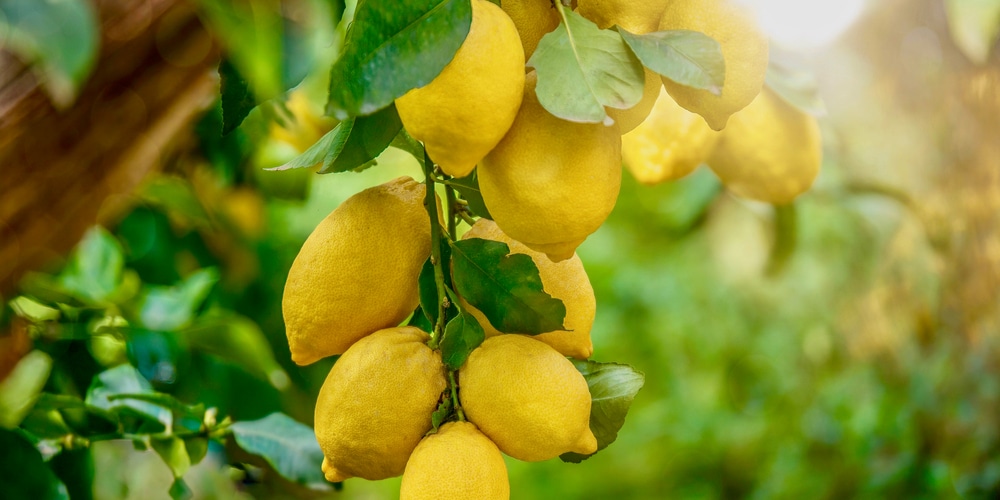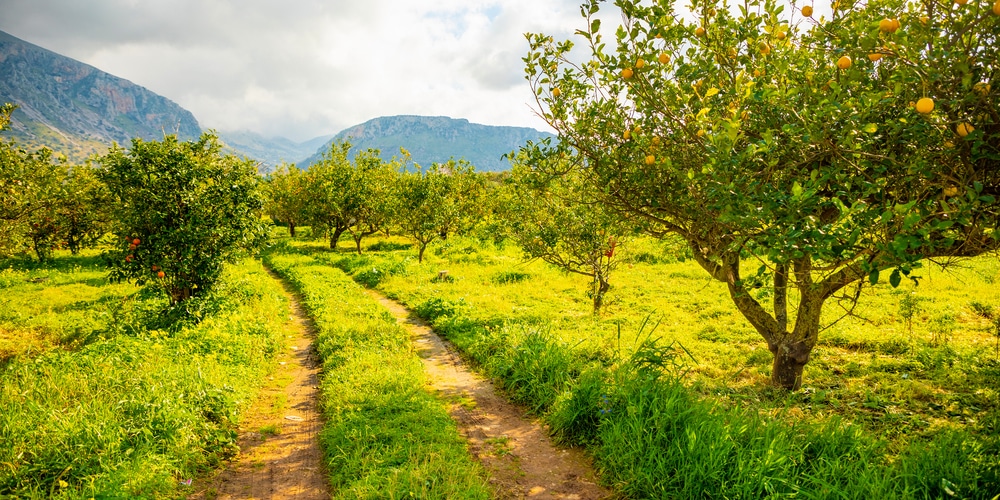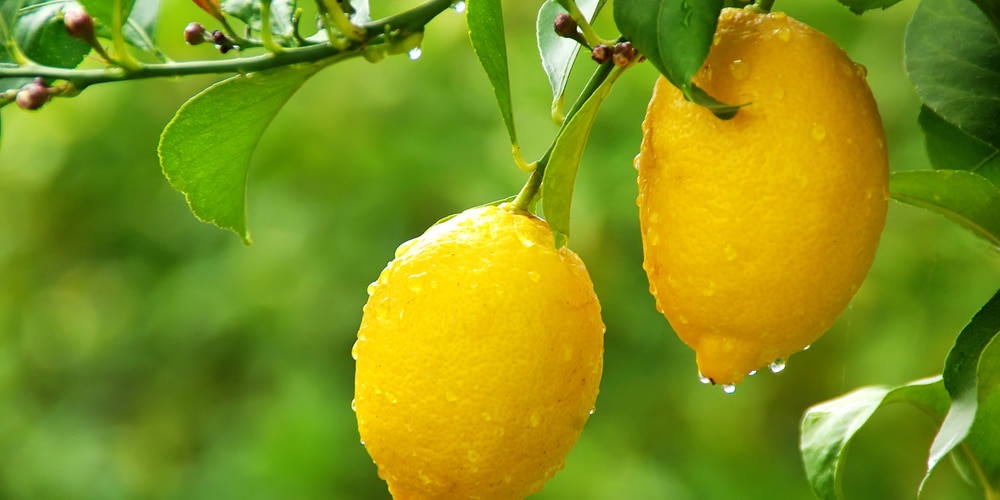Citrus trees are plants that produce citrus fruit such as lemon, oranges and limes. Like all other fruiting types, they tend to be heavy feeders and rely on nutrients to produce innumerable flowers and crops.
Here’s a short guide on citrus tree fertilizer, particularly the type, timing and strength of feeding for the best results.
Citrus Tree Fertilizer
Fertilizing your citrus tree requires careful thought and knowing pertinent details, such as the tree’s age, appearance and current season.
Citrus trees can definitely benefit from regular feeding, but it can be detrimental to their growth and health when too much fertilizer is used. As a general rule, you can start citrus tree fertilization after it’s established (usually in 6 weeks’ time) on the ground.
It’s generally not a good idea to give citrus fertilizer if the tree is in great shape, and if you see a lot of buds hanging on to it. Also, you should not apply fertilizer near the trunk- it’s best to follow a fertilization distance rule (which we’ll discuss later on).
Fertilizing ensures your plant gets the nutrient it needs to grow healthy and thrive. In citrus plants, it’s a necessity because they often rely on the three main minerals as well as other compounds to flower and grow fruits.
When Should You Fertilize a Citrus Tree?
Generally speaking, it’s best to fertilize citrus once every month or two and during its growing season. Start early spring until late summer, then cut back on the fertilization in the cold season to every two or three months.
This applies to the first few years of a citrus tree’s life. As it grows older it won’t rely on fertilizer as much, so it’s best to skip winter feeding and increase regular feeding to once every two or three months.
Before feeding a citrus tree you should step back and gauge its health. You can probably hold off another month, but don’t exceed the second or third month (for young and old citrus plants, respectively).
Keep in mind that citrus is naturally at its hungriest during the flower-to-fruiting phase, or the period where the tree produces flowers that eventually turn into fruit.
What is the Best Fertilizer for Citrus Trees?
The best fertilizer for your citrus tree will largely depend on how old it is. Young plants will benefit most from a balanced fertilizer mix of 13-13-13 in NPK or Nitrogen, Phosphorus and Potassium.
As it grows it won’t be needing phosphorus or potassium that much- you can use a 15-5-10 or a 12-6-5 mix, but you can still stick to the previous 13-13-13 solution if you want.
Alternatively, you can eliminate having to guess by choosing specially-made citrus tree fertilizers. These will usually contain micronutrients in the form of zinc, boron, manganese, copper, magnesium, iron and sulfur, all of which are essential for strong and stable growth.
It’s worth noting that citrus plants in containers might need more nitrogen, so you can choose one that has them in high amounts.
As for determining how much fertilizer your citrus tree needs, you’re looking to saturate the soil on where it grows if you’re using a water-soluble or liquid fertilizer, or roughly a pound per year of age.
A citrus tree might require a pound of fertilizer during its first year, while in the second year it will need roughly about 2 pounds or so.
It’s worth noting that you spread them out throughout the course of the growing season and in the recommended 1-2 months or 2-3 months interval for young and old citrus trees, respectively.
How to Fertilize a Citrus Tree
There are two ways on how you can feed your citrus tree- through the leaves or by ground application.
The method will largely depend on the fertilizer you buy. Liquid foliar sprays are arguably simpler, as you only have to add water to the mix and spray it on the leaves of the citrus tree.
However, dry granulated fertilizer and similar compounds can be spread within a certain radius and can be just as quick as long as you follow general recommendations.
The key to ground feeding is to direct the fertilizer where the feeder roots are. To get a sense of where it is, stand back and under the outermost tree branches, then take another step back.
With the fertilizer on hand, you apply it evenly on the ground and around the tree. Finish the process with a good watering of the ground so the fertilizer gets absorbed and goes into the tree’s roots.
In regions where the climate is humid, fertilization can begin early spring and as the last frost date passes. In February, the buds will start to swell, which indicates that the tree is hungry and looking for nutrients to boost fruiting.
Half a pound of balanced fertilizer is best for young trees, divided every six weeks from spring through summer.
In the second year you can feed them early and more. A special mix of citrus tree fertilizer should suffice, spread out over 7 weeks or so. For the third year you can start early again and add more than the last time while extending the interval to 8 weeks.
One way to determine if your citrus tree needs fertilization is when the foliage is pale green or yellow. If this is the case, then you should apply the same amount but decrease the interval by a week or two.
Fertilizing a mature citrus tree works a bit differently. You should spread out the amount in 4 to 5 applications, but this time you can apply it nearer the trunk. It’s best to put it within the tree’s canopy and to the edge, then water it until it’s all but dissolved.
Citrus trees that are three years old and fully established can benefit from fertilizing thrice a year. As a general rule, you can apply once in February, then May or June and last in October. Keep track of how old your citrus tree is so you can apply the right amount every time.
Related Article: Best Fruit Trees to Grow in Zone 7b


